TABLE OF CONTENTS
Add a header to begin generating the table of contents
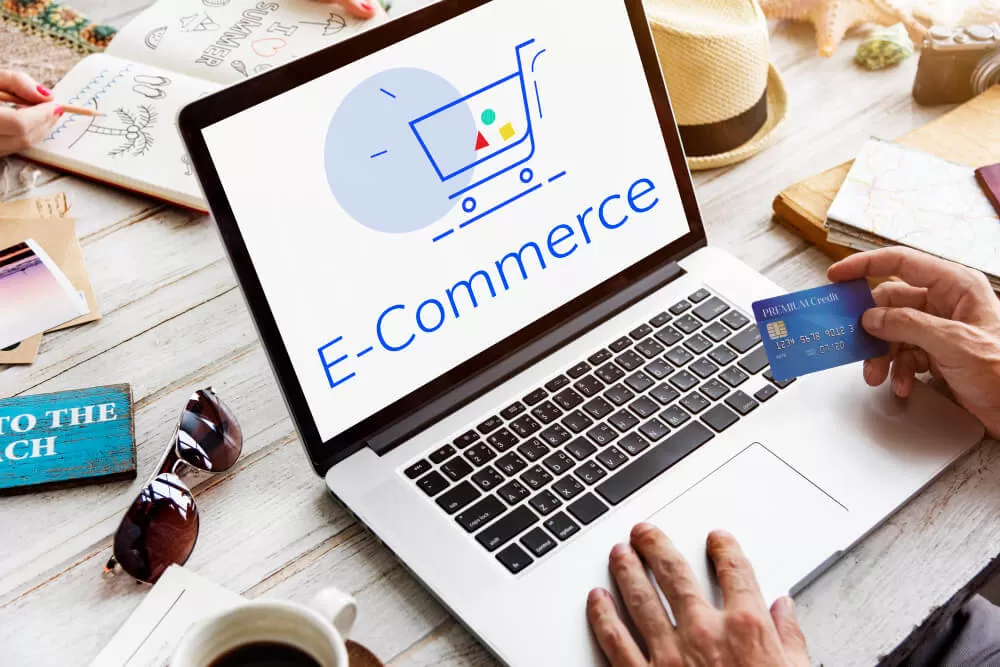
Importance of staying up-to-date with design trends in the eCommerce industry:
As technology, user behavior, and consumer preferences rapidly evolve, adapting to the latest design trends ensures a user-friendly and visually appealing shopping experience. Embracing current trends enhances brand credibility, fosters customer engagement, and boosts conversion rates. It also enables businesses to stay ahead of competitors and align with emerging innovations such as mobile responsiveness, personalized interfaces, and immersive product visualization.
- Enhanced User Experience: Enhanced user experience refers to optimizing every aspect of a product or service to exceed user expectations. By focusing on usability, accessibility, and aesthetics, businesses can create seamless, intuitive interactions, resulting in higher satisfaction levels, increased engagement, and improved customer loyalty.
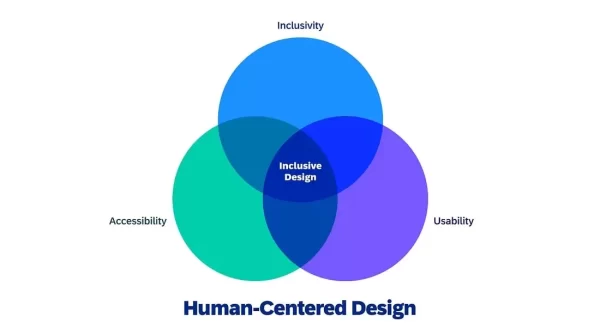
- Brand Differentiation: Brand differentiation is the process of highlighting unique attributes, values, and offerings that set a company apart from competitors. By emphasizing distinctive features and benefits, businesses can carve a distinct identity in the market, attract their target audience, and establish a competitive advantage, leading to long-term success.
- Increased Trust and Credibility: Embracing the latest design trends in 2023 for your eCommerce site not only enhances its visual appeal but also boosts trust and credibility. Stay ahead with innovative layouts, user-friendly interfaces, and responsive design, showcasing your commitment to a seamless shopping experience, ultimately earning customers’ trust and solidifying your brand’s credibility.
- Adaptation to Changing User Behaviour: In 2023, evolving user behavior is pivotal for eCommerce success. Revamping your site to align with changing trends like personalized experiences, mobile-first design, and AI-driven recommendations demonstrates your adaptability. By catering to shifting consumer preferences, you ensure your site remains relevant and user-centric, driving growth and engagement.
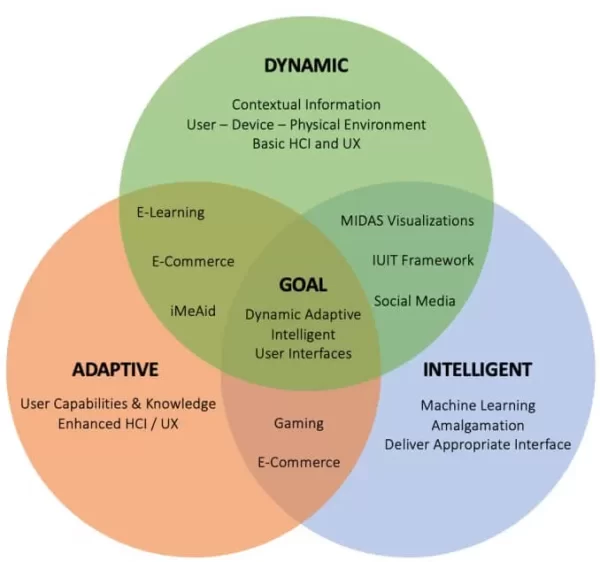
- Competitive Edge: Revamp your eCommerce site in 2023 to gain a decisive competitive edge. Embrace the latest design trends, from immersive augmented reality features to minimalist, user-centric layouts.
Explore the Top 5 Design Trends for 2023:
Discover the forefront of design in 2023 with the top 5 trends. Embrace immersive augmented reality experiences, minimalist and user-centric layouts, sustainability-focused design, AI-driven personalization, and mobile-first approaches. Stay ahead, captivate your audience, and elevate your brand’s visual appeal with these cutting-edge design trends.

Trend 1: Minimalistic and Clean Design
Streamlined layouts, ample white space, and crisp typography take center stage. This trend promotes clarity, ease of navigation, and a focus on essential content, enhancing user experiences by eliminating distractions and delivering a visually pleasing, sophisticated aesthetic.
a. Explanation of the minimalistic design approach:
Minimalistic design is characterised by simplicity, emphasizing essential elements while eliminating excess ornamentation. It prioritises clean lines, generous white space, and a limited colour palette. This approach enhances user focus, readability, and navigation, offering a visually appealing and uncluttered interface that promotes a sense of sophistication and efficiency.
b. Benefits of minimalism in improving user experience and conversion rates
Minimalism enhances user experience by reducing clutter, improving readability, and simplifying navigation. This leads to quicker comprehension and a more enjoyable interaction. With less distraction, users can focus on key information and calls to action, resulting in improved conversion rates as visitors are more likely to engage and make desired actions.
Trend 2: Mobile-First Design
Mobile-first design prioritizes creating websites and applications for mobile devices before desktops. It ensures seamless functionality and optimized user experiences on smaller screens. By starting with mobile design, businesses cater to the increasing mobile user base, enhancing accessibility, speed, and overall usability while improving search engine rankings and user satisfaction.
a. Importance of mobile optimization in eCommerce:
Mobile optimization is crucial in eCommerce due to the growing reliance on smartphones for online shopping. It ensures that websites and apps are responsive, load quickly, and provide a seamless experience on mobile devices
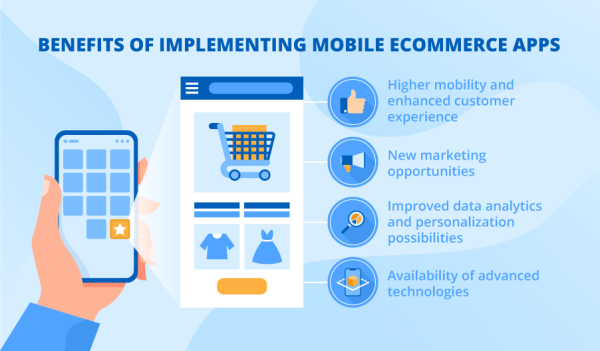
b. Key elements of mobile-first design:
Mobile-first design prioritises elements for mobile devices, ensuring optimal usability and user experience. Key elements include responsive layouts, touch-friendly navigation, fast loading times, simplified content, concise forms, and a focus on essential features. It adapts content and design to smaller screens while maintaining functionality and aesthetics, enhancing mobile user engagement.
c. Case studies showcasing the impact of mobile-first design on user engagement:
- Google: After adopting a mobile-first approach, Google saw a 15% increase in mobile searches and a 50% boost in mobile ad revenue, demonstrating how mobile optimization can drive user engagement and revenue growth.
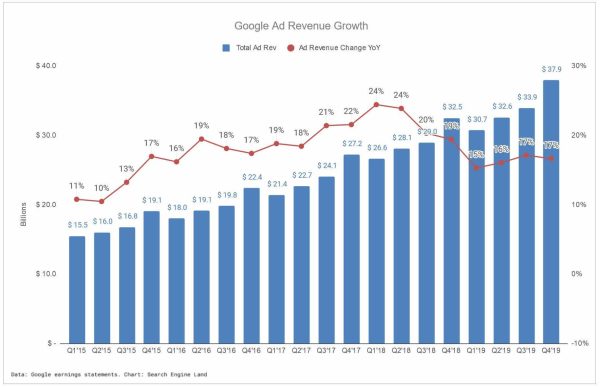
- Amazon: Amazon’s mobile-first strategy led to a 43% increase in mobile sales, emphasizing the transformative impact of prioritizing mobile user experiences.
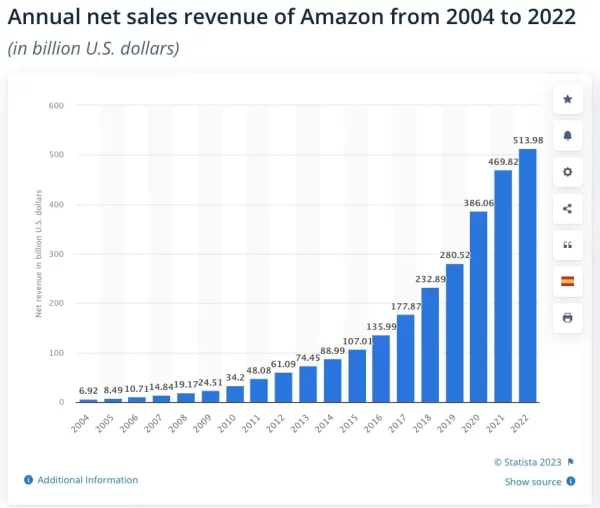
- Facebook: The social media giant’s mobile-focused redesign led to a 16% increase in mobile user engagement, illustrating how mobile-first design can revitalize user interactions and retention.
Trend 3: Personalized User Experience
Personalized user experience tailors content, recommendations, and interactions based on individual preferences, behavior, and data. It enhances engagement, satisfaction, and conversions by delivering relevant content, product suggestions, and messages, creating a more engaging and meaningful interaction between the user and a platform or service.
a. Introduction to personalized eCommerce experiences:
Personalized eCommerce experiences revolutionize online shopping by tailoring product recommendations, content, and offers to individual preferences and behaviors. Utilizing data analytics and AI, these experiences enhance user engagement, increase conversion rates, and foster customer loyalty, ultimately creating a more satisfying and convenient shopping journey for each visitor.
b. Utilizing customer data and behavior to offer tailored product recommendations and targeted marketing
Leveraging customer data and behavior, businesses can provide highly personalized product recommendations and targeted marketing. By analyzing past purchases, browsing history, and preferences, they can offer individualized suggestions and promotions. This data-driven approach not only boosts sales but also enhances the overall shopping experience, fostering customer loyalty and satisfaction.
c. Success stories of businesses that have implemented personalized user experiences effectively
- Netflix: Netflix’s recommendation system, driven by user data, suggests content tailored to each viewer’s preferences, contributing to its 200+ million subscribers worldwide.
- Amazon: Amazon’s product recommendation engine is a prime example, responsible for 35% of its revenue, demonstrating the power of personalized experiences in eCommerce.
- Spotify: Spotify’s music recommendations have boosted user engagement, with 44% of discovered music coming from personalized playlists, highlighting the impact of tailored content on user satisfaction.
Trend 4: Interactive and Immersive Elements:
Interactive and immersive elements in web design engage users through dynamic features like animations, videos, quizzes, and 3D experiences. These elements create a captivating and memorable user journey, increasing user engagement, brand retention, and conversions, ultimately enhancing the overall user experience.
a. Integration of interactive features like 360-degree product view:
In 2023, design trends emphasize enhanced user engagement through interactive features like 360-degree product views. This immersive approach allows consumers to explore products from all angles, enhancing their online shopping experience and fostering a deeper connection with brands.
b. Benefits of interactive elements in increasing user engagement and reducing purchase hesitation:
Interactive elements boost user engagement by providing a hands-on experience, enabling customers to explore products or content. This reduces purchase hesitation as it builds confidence and trust, allowing users to make informed decisions. It also enhances retention and fosters a memorable interaction with the brand.
c. Examples of eCommerce sites leveraging interactive and immersive elements effectively:
Nike’s SNKRS app offers augmented reality for sneaker try-ons, while IKEA’s AR tool enables furniture placement in real spaces.
Sephora’s Virtual Artist allows makeup testing, and Houzz offers AR-powered room design. These platforms effectively engage users through interactive and immersive experiences, enhancing the shopping process.
Trend 5: Bold and Vibrant Visuals:
Bold and vibrant visuals are powerful design elements that command attention and convey energy. They infuse vitality into websites, graphics, and marketing materials, leaving a memorable impression. By using striking colors and dynamic imagery, businesses can create a visually compelling brand identity that resonates with their audience.
a. Embracing vibrant colors, bold typography, and eye-catching visuals:
Embracing vibrant colors, bold typography, and eye-catching visuals invigorates design. It captivates attention, conveys confidence, and establishes a distinctive brand identity. This dynamic approach resonates with audiences, leaving a lasting impression and fostering a strong visual connection between the brand and its consumers.
b. How bold visuals create visual interest and help brands stand out:
Bold visuals create visual interest by commanding attention and evoking emotions. They break through clutter, making a memorable impact on viewers. This uniqueness distinguishes brands, leaving a lasting impression and increasing recognition. Ultimately, bold visuals strengthen brand identity and foster a deeper connection with the audience.
c. Showcasing eCommerce websites that have successfully adopted bold and vibrant visual designs:
Fashion retailer ASOS employs bold visuals with striking product imagery and vibrant color schemes, creating an energetic shopping experience. Beauty brand Glossier employs clean layouts and vivid imagery for a fresh, inviting look. These sites effectively use bold design to captivate users and reinforce their brand identities.
Conclusion:
In conclusion, Arete Soft Labs Inc. stands at the forefront of eCommerce innovation by embracing the top design trends of 2023 for their clients. With immersive 360-degree views, interactive elements, and bold visuals, they create engaging online experiences. This strategic approach ensures a competitive edge, captivating audiences and driving business success.




